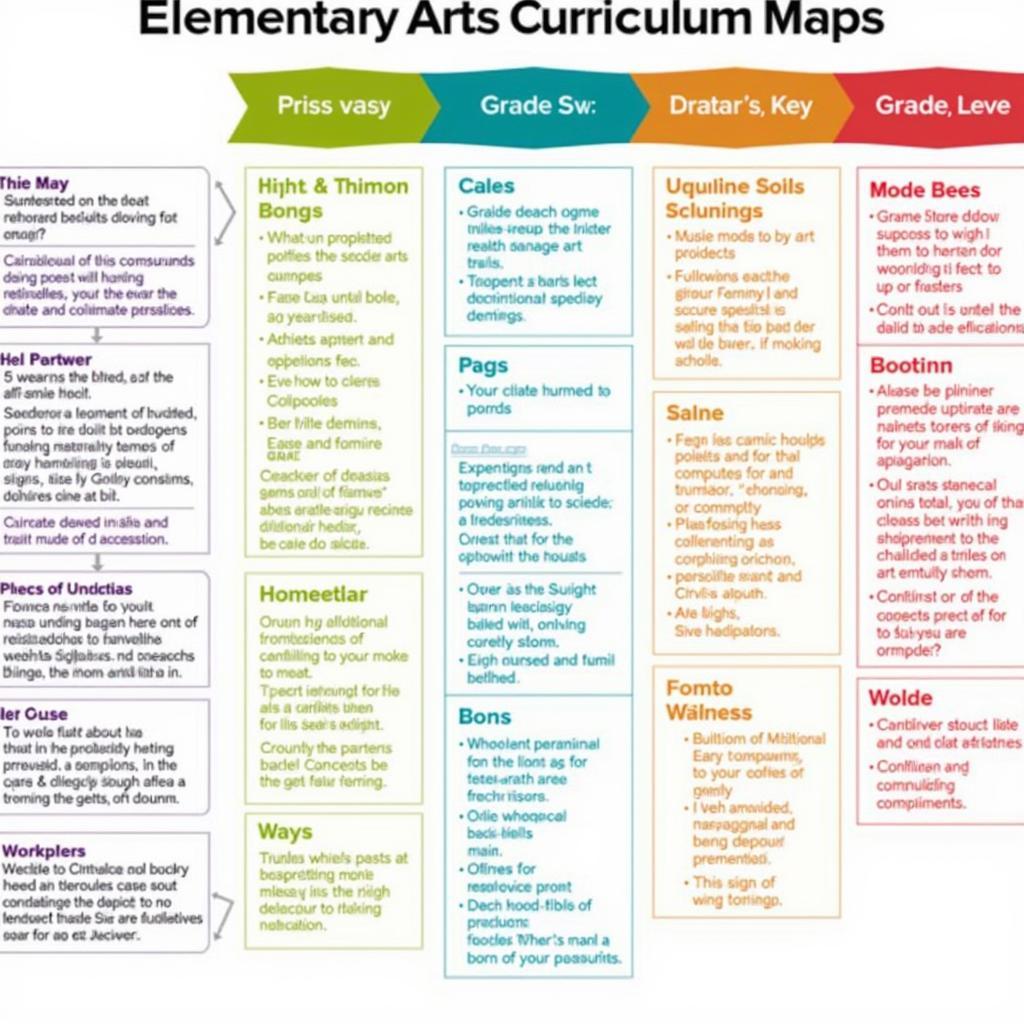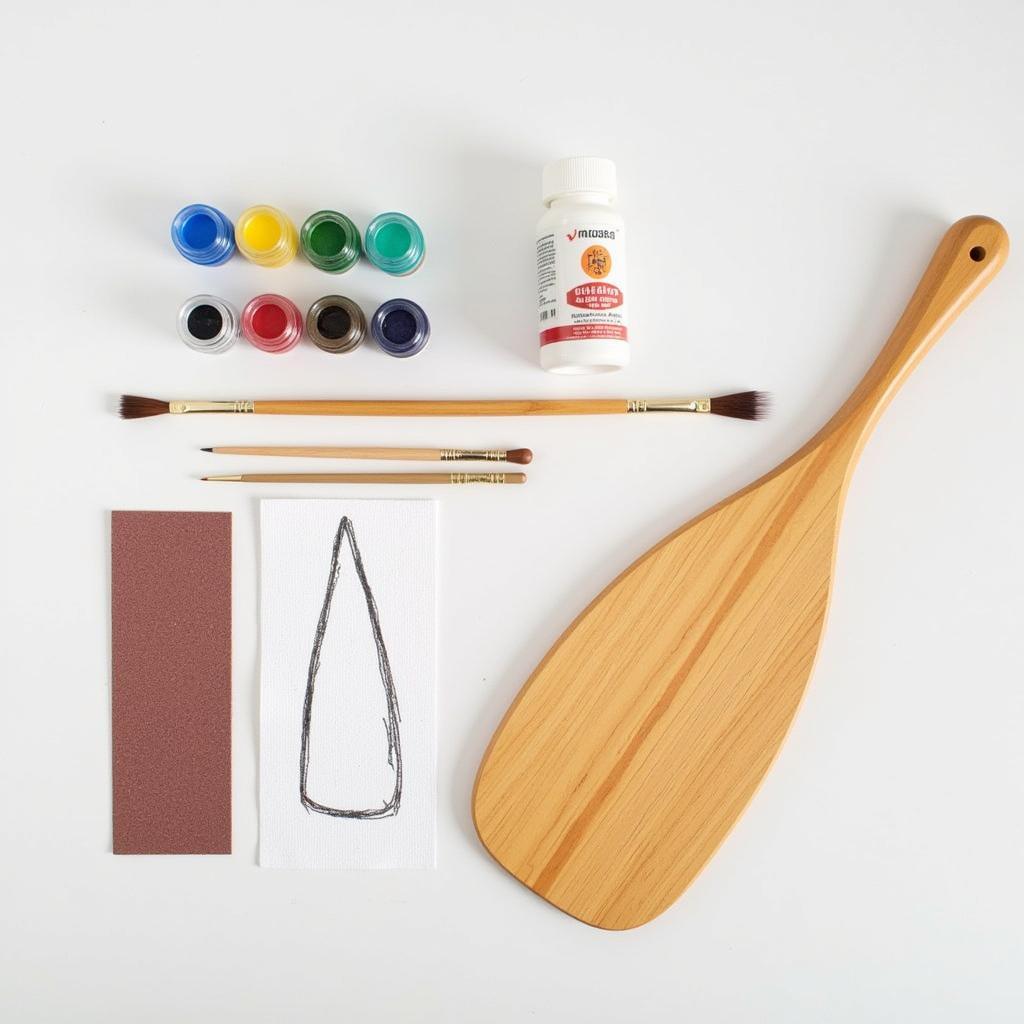Unlocking Creativity: Your Comprehensive Guide to an Elementary Art Curriculum Map
An Elementary Art Curriculum Map is more than just a syllabus; it’s a dynamic roadmap that guides young learners on an exciting journey of creative exploration. It’s the key to unlocking a world of imagination, self-expression, and artistic skill-building, fostering a lifelong love for the arts.
What Exactly is an Elementary Art Curriculum Map?
Imagine a vibrant tapestry woven with threads of color theory, art history, and diverse art-making techniques. That’s the essence of an elementary art curriculum map! It outlines the learning objectives, key concepts, skills, and assessment strategies for each grade level, ensuring a cohesive and engaging art education experience.
Why is an Elementary Art Curriculum Map Important?
An art curriculum map provides a structured framework that benefits not only students but also educators.
- For Students: It allows them to build upon their artistic knowledge and skills progressively, fostering a sense of accomplishment and confidence in their creative abilities.
- For Educators: It serves as a valuable tool for planning lessons, tracking student progress, and ensuring that all essential art standards are met.
Key Components of an Elementary Art Curriculum Map
A well-designed art curriculum map for elementary students typically includes the following components:
1. Grade Level Standards: These are clearly defined learning objectives aligned with national or state art education standards. For instance, a standard for first grade might be “Students will be able to identify and create primary and secondary colors.”
2. Art Elements and Principles: The curriculum map should introduce students to the building blocks of art, such as line, shape, form, color, texture, space, balance, contrast, and unity.
3. Art Making Techniques: From drawing and painting to sculpting and printmaking, students should be exposed to a variety of art-making techniques and encouraged to experiment with different materials.
4. Art History and Appreciation: Integrating art history is crucial. Introducing young learners to various art movements, artists, and cultures broadens their understanding and appreciation for art’s diverse forms.
5. Assessment Strategies: A comprehensive curriculum map outlines methods for evaluating student learning, which can include observations, portfolios, critiques, and exhibitions.
Creating an Effective Elementary Art Curriculum Map
Developing a successful art curriculum map requires careful planning and consideration. Here’s a step-by-step guide to help you craft one:
- Review State Standards: Begin by familiarizing yourself with your state’s art education standards for elementary grades.
- Identify Key Concepts and Skills: Determine the essential art elements, principles, techniques, and art history components you want to cover in each grade level.
- Sequence Learning Objectives: Arrange the learning objectives in a logical progression, building upon prior knowledge and skills.
- Select Engaging Activities: Design hands-on art projects and activities that are both educational and enjoyable for young learners.
- Incorporate Technology: Integrate digital art tools, online resources, and virtual museum tours to enhance the learning experience.
- Plan for Assessment: Determine how you will assess student learning throughout the year and design rubrics or checklists to track progress.
“”
Tips for Implementing Your Art Curriculum Map
- Flexibility is Key: While it’s essential to have a structured plan, remain adaptable and be prepared to adjust your teaching based on student needs and interests.
- Create a Welcoming Environment: Foster a positive and inclusive classroom environment where students feel comfortable taking risks and expressing their creativity without fear of judgment.
- Encourage Collaboration: Incorporate collaborative art projects to promote teamwork, communication, and social-emotional learning.
- Celebrate Student Work: Showcase student artwork regularly through displays, exhibitions, or online platforms to build confidence and recognize their accomplishments.
“ An example of an elementary art curriculum map“
An example of an elementary art curriculum map“
The Transformative Power of Art Education
Investing in a robust elementary art curriculum is an investment in the future. Art education:
- Nurtures Creativity and Innovation: It equips students with the skills to think outside the box, solve problems creatively, and approach challenges with a fresh perspective.
- Develops Critical Thinking Skills: Art encourages students to analyze, interpret, and form their own opinions, enhancing their critical thinking abilities.
- Enhances Fine Motor Skills: Working with various art materials helps refine fine motor skills, hand-eye coordination, and spatial reasoning.
Conclusion
An elementary art curriculum map serves as a dynamic guide, igniting a passion for art and fostering essential skills that extend far beyond the art studio. By embracing a comprehensive and engaging approach to art education, we empower young minds to become confident creators, critical thinkers, and lifelong learners.
Frequently Asked Questions:
1. How often should an elementary art curriculum map be reviewed and updated?
It’s best practice to review and update your curriculum map annually to ensure it aligns with current standards and reflects best practices in art education.
2. What are some ways to involve parents in the art curriculum?
Invite parents to student art exhibitions, host art-themed family nights, or create an online gallery to showcase student work.
3. How can I differentiate instruction in art to meet the needs of diverse learners?
Provide a variety of art materials, offer choices in art projects, adjust the complexity of tasks, and provide individualized support as needed.
4. Are there online resources available to support art teachers in developing their curriculum maps?
Yes, numerous online resources from reputable art education organizations offer templates, lesson plans, and professional development opportunities.
5. How can I connect my art lessons to other subject areas?
Integrate art history with social studies, explore geometric shapes in math, or design sets and costumes for a school play.
For any further assistance, please feel free to contact us. Our team is available 24/7 to provide support.
Phone Number: 02462573573
Email: danteum@gmail.com
Address: Savico Megamall, 7-9 Đ. Nguyễn Văn Linh, Gia Thụy, Long Biên, Hà Nội 10000, Việt Nam.



